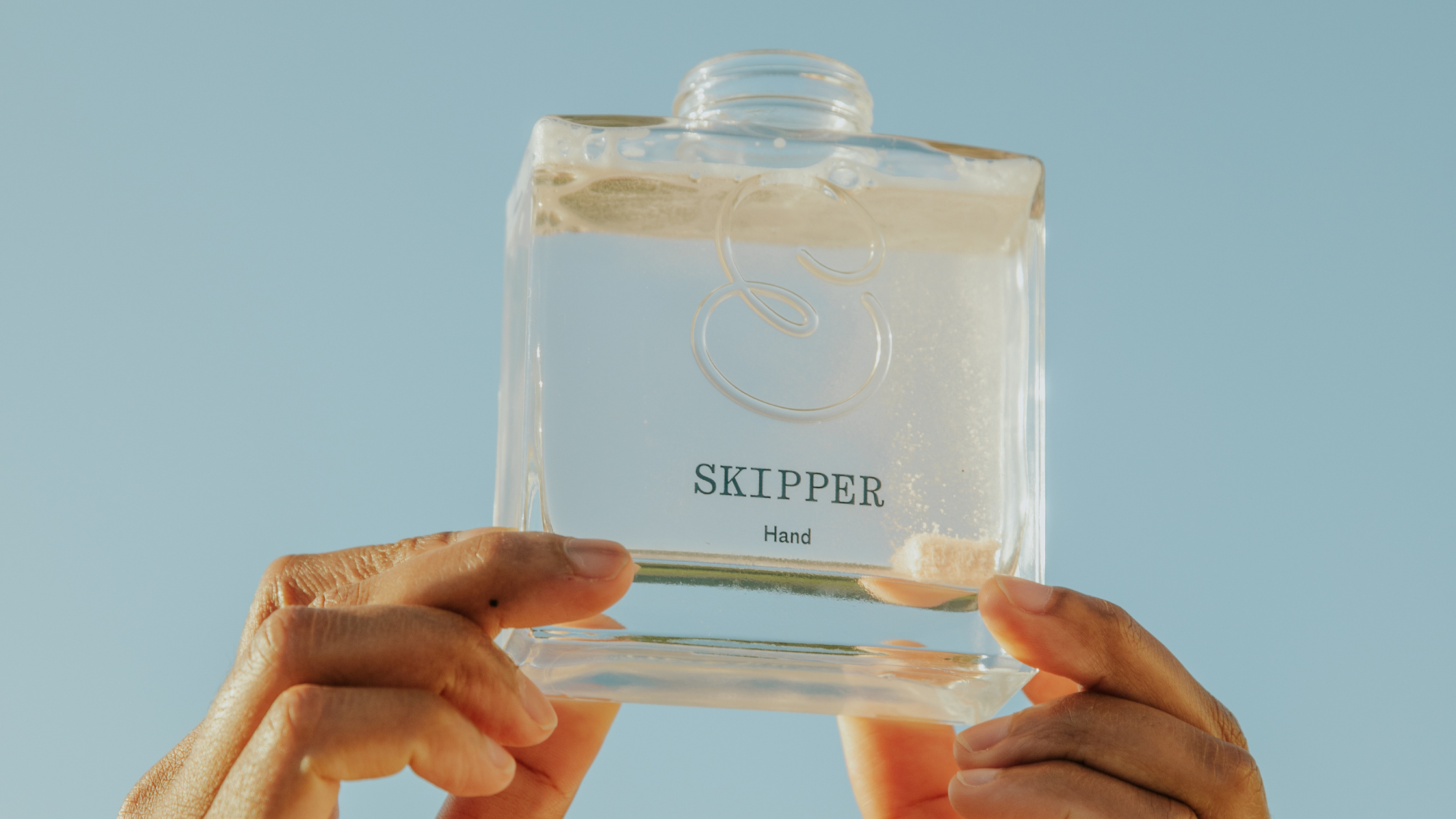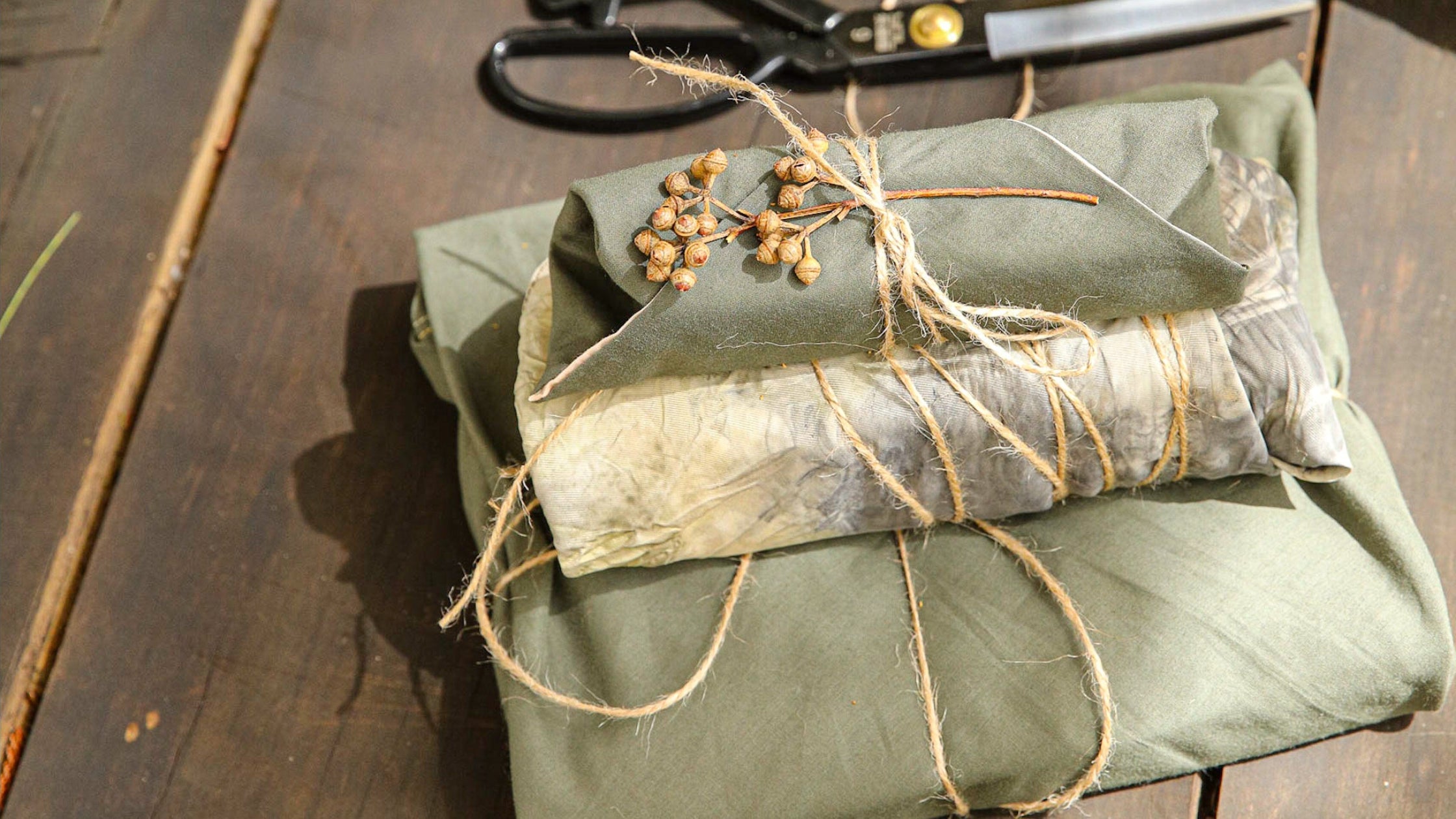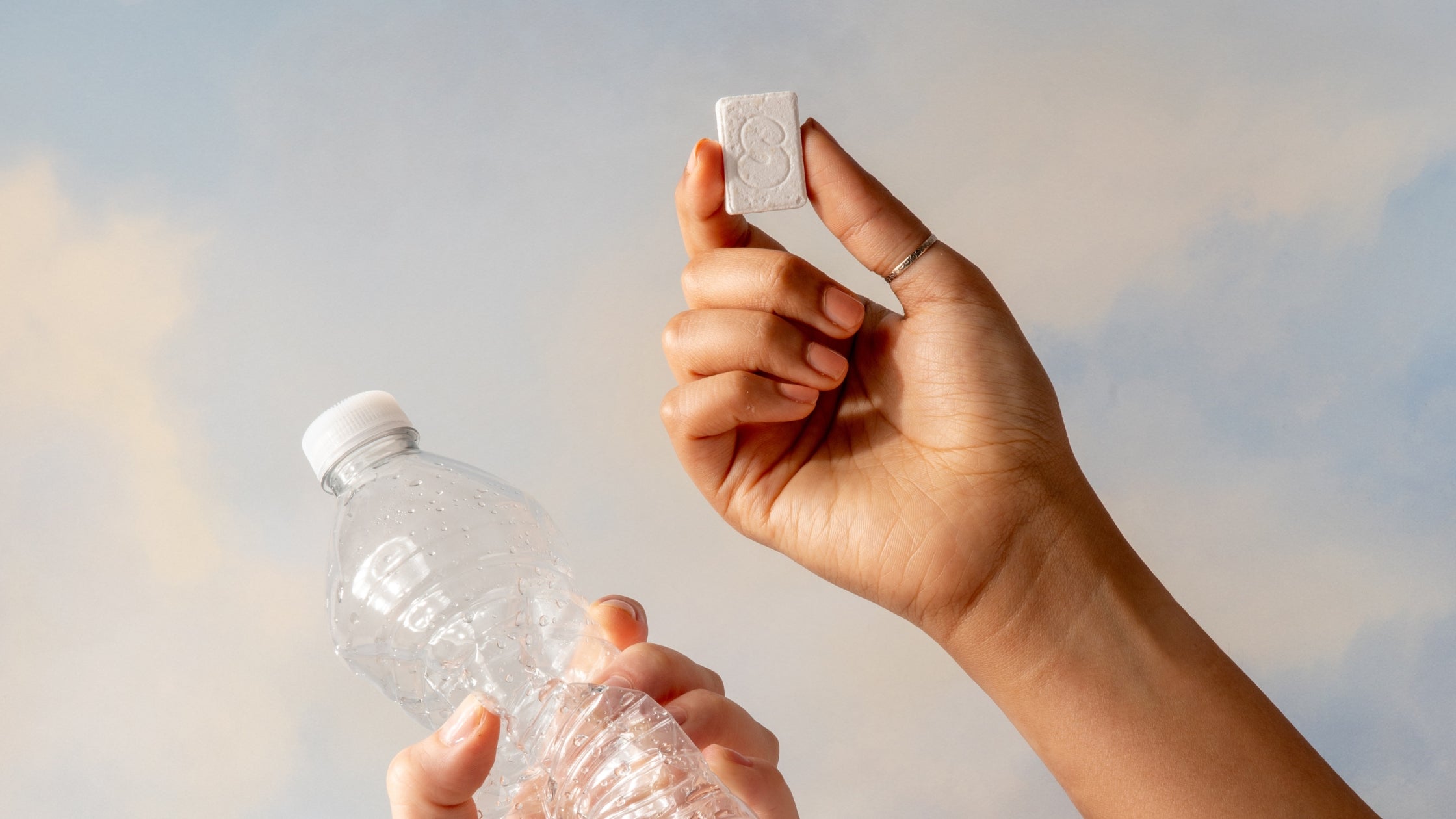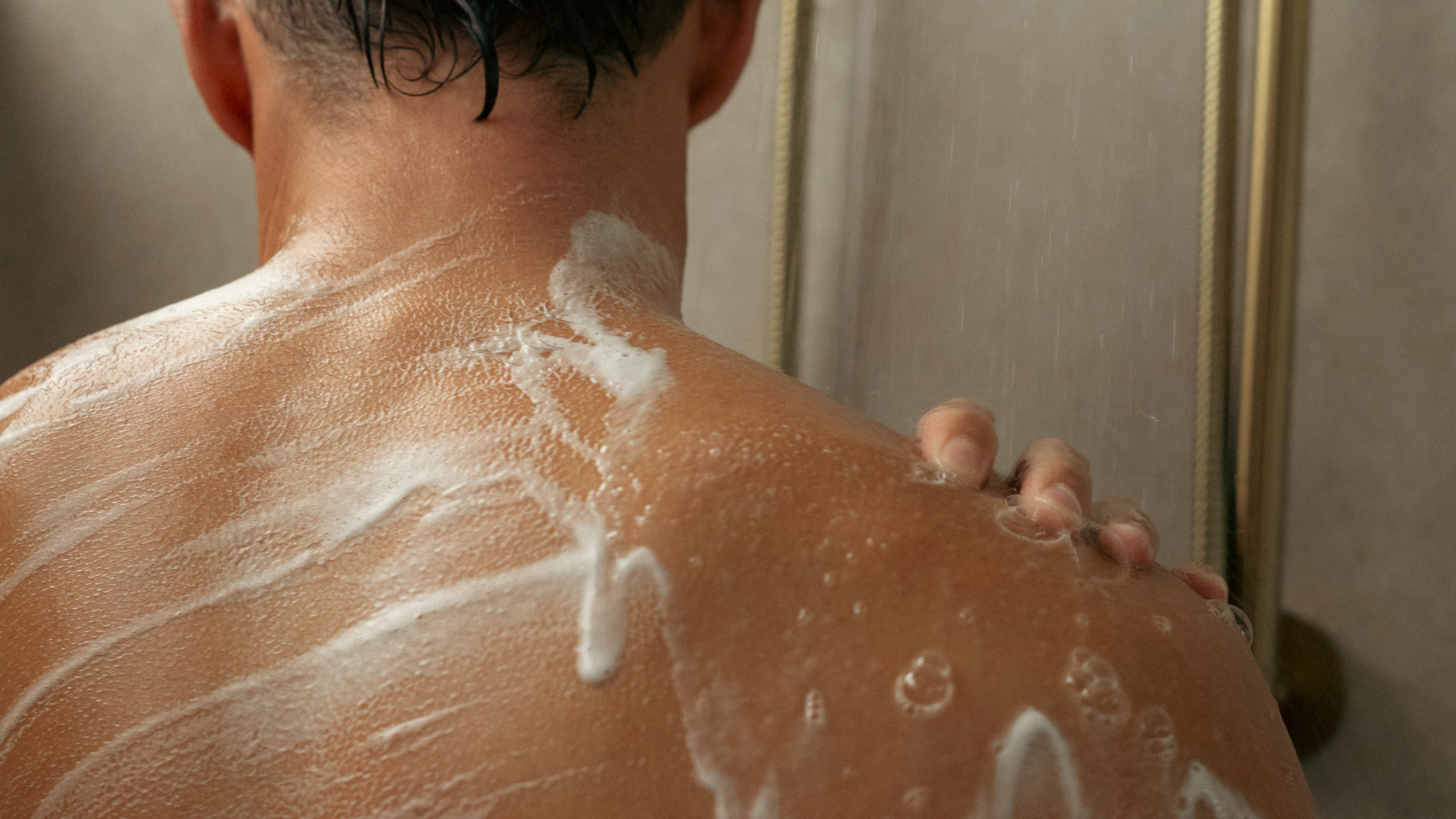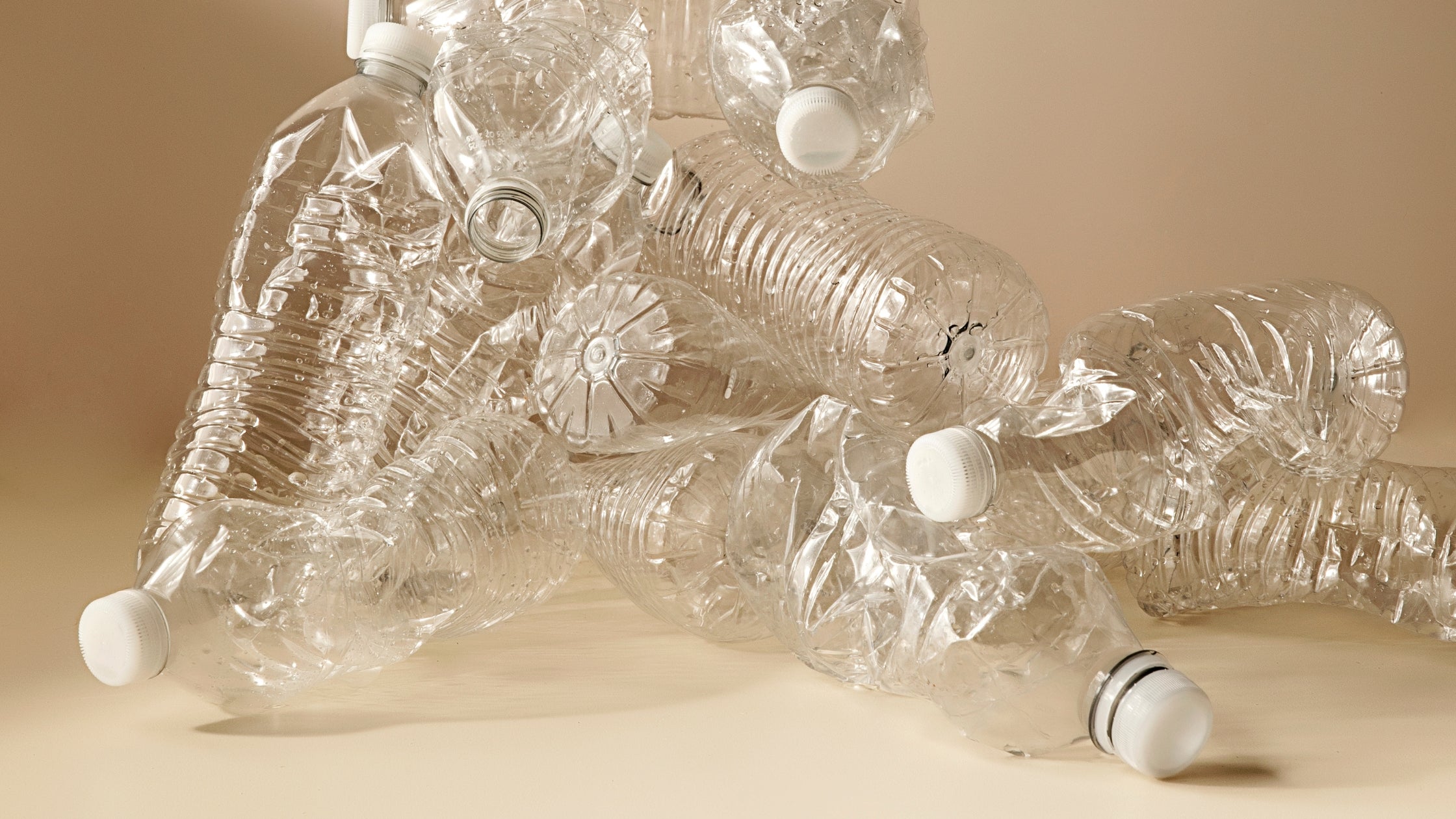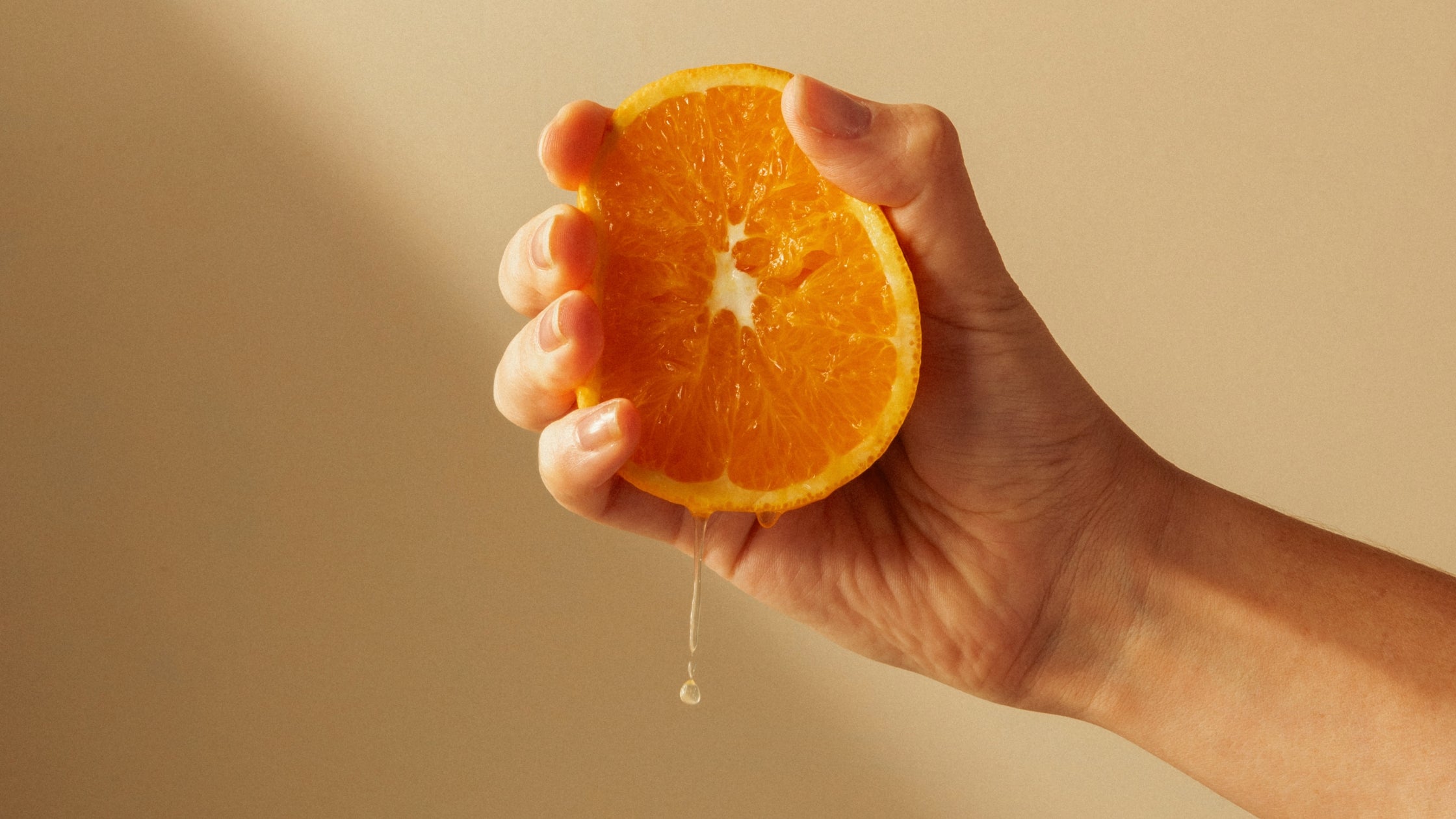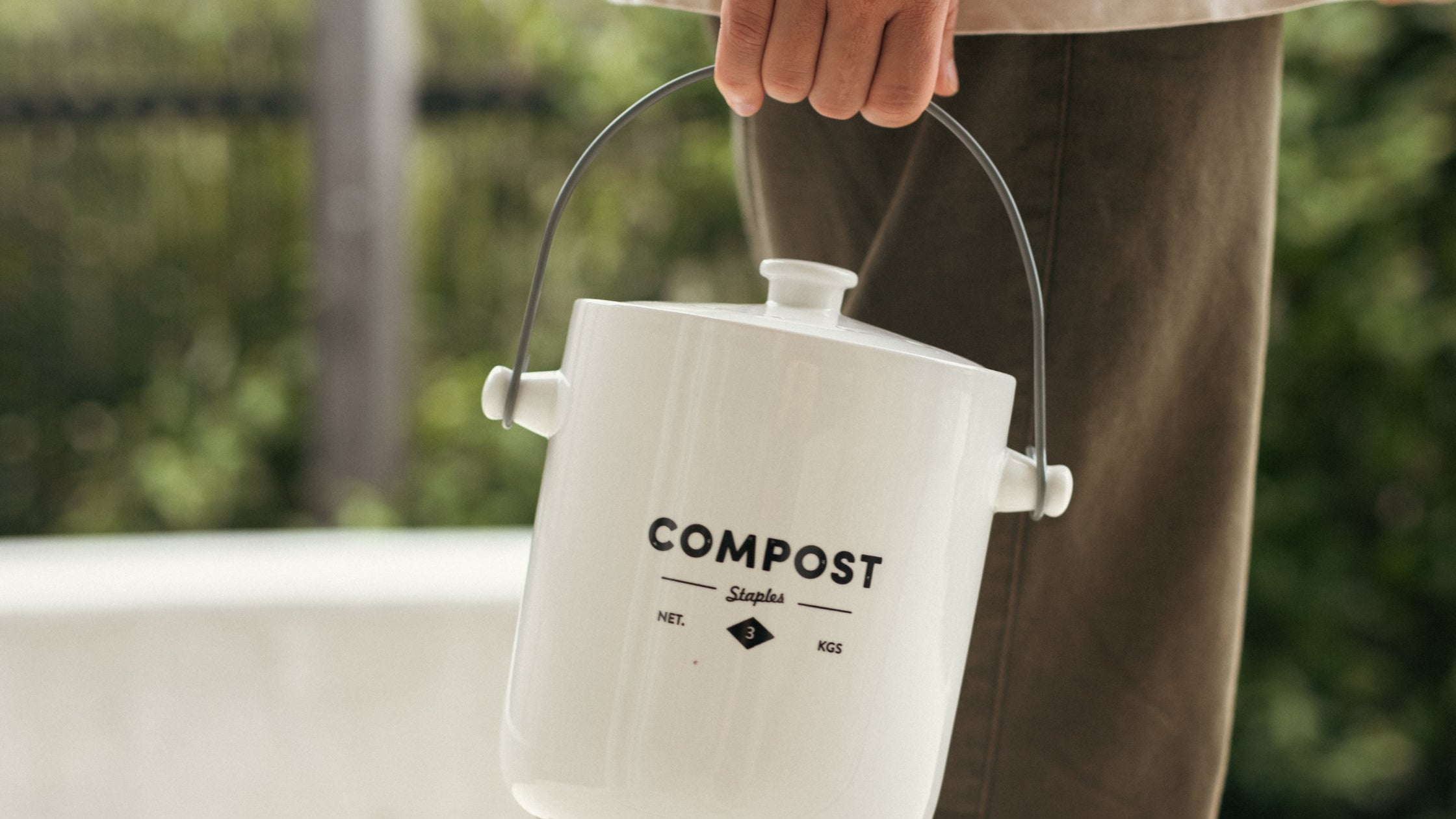Every time we pull off another sheet of kitchen towel, we're chipping away at vital natural resources. The kitchen towel industry is worth $2.71 billion and is projected to rise to $4.11 billion by 2028. But by switching to a Swedish dishcloth, you're doing your bit for the planet. One wipe at a time.
Swedish dishcloths are machine washable and sustainable, but how can you keep them in excellent condition day in and day out? After all, the longer you can extend the use of these eco-friendly cleaning towels, the more good you can do for the environment.
Join us as we explore four easy ways to extend the life of your Skipper towels.
Ways to Extend the Life of Your Skipper Towels
Skipper towels are Swedish dishcloths that can save you 15 rolls of paper towels each! But Swedish dishcloths need a bit of TLC to achieve their full potential.
They're indeed machine washable, but that doesn't mean you should throw them in there every verse end. In fact, the superpowers embedded in a Swedish dishcloth mean that you can keep it clean well without putting it in the laundry.
1. Only Wash Skipper Towels When Necessary
How often would you replace a regular kitchen cloth? Every couple of days? Every day?
You'd probably err on the side of caution because those things have earned themselves a dirty little reputation. That's because if they stay damp for any length of time, bacteria can grow like wildfire. That's why you'll sometimes see regular sponge cloth appearing on lists of things that are dirtier than toilets.
The Food Safety Information Council recommends either drying out the cleaning cloth for your kitchen or soaking it in bleach. The problem is that they can take forever to dry - and who wants to leave a bowl of bleach lying next to their kitchen sink? Their final recommendation is to use a paper towel that you can then discard for some jobs - but that's exactly what we're trying to avoid!
Quick-Drying Performance
A Swedish dishcloth is a bit of a revelation because of how quickly it dries. Just rinse it thoroughly, wring it out, and leave it out to dry (a hook or a clip is a handy way to let it drip dry). Its structure means that Skipper towels just don't sog out and retain water like other types of sponge towels would.
You can do this several times before you need to put it in the washing machine. The washer will get it thoroughly clean and fresh smelling but avoid fabric softener, making it less absorbent. But the rough and tumble of the machine's action will eventually degrade the fabric.
Alternative Option
Another alternative is to throw your Skipper towel in the top rack of the dishwasher. That'll give it a gentle clean and put a spring back in its step. But one complete no-no is putting it in the dryer, which will turn it into a potato chip.
The takeaway? Save machine washing only when it's strictly necessary.
2. Wash Your Skipper Towels in the Right Way
The secret to washing your Skipper towels? Hot water.
There are a few ways to do this. For a regular clean, simply run it under water as hot as you can bear when you finish cleaning. Then, give it a thorough rinse, squeeze it out and put it out to dry.
Another of our top towel-cleaning tips is to sanitize them with boiling water. Pop the kettle on, put your Swedish dishcloth in a heatproof bowl and pour on scalding hot water. Let it soak for a few minutes so the heat can do a number on any lurking microbes.
Cleaning your towel in the microwave is also quick and straightforward. First, get it completely wet and lay it out in your microwave. Then, put it on full power for two minutes.
A perk of this method is that the steam will also make your microwave easier to clean after! Just be careful when taking your removable cloth out of the microwave because it's going to be incredibly hot.
3. Avoid Using Your Skipper Towels on Rough Surfaces
There's no doubt that Skipper towels are tough, but like any absorbent towel, they have limits. One of them is rough, jagged, or sharp surfaces. As incredible as they are, at the end of the day, they're a type of fabric, and rough surfaces are going to cause them to snag.
OK, none of us will use these beautiful Swedish dishcloths to scrub down the pebble dashing. But you might be tempted to have a crack at some burnt-on lasagne. Bad idea.
Tough food stains can set like concrete, and their scraggy edges could tear up your cleaning cloth. Swedish dishcloths can handle most dishes, but you'll need to keep a scrubber on hand to tackle these heavy-duty deposits.
4. Use Skipper Towels with the Skipper Universal Cleaner
The best cleaning towels for your home deserve to be paired with the best eco-cleaning products. When you need something more than water, Skipper Universal Cleaner is the way to go.
This product represents a major breakthrough in how cleaning companies do business. It comes in a tab that you pop into an empty spray bottle and top up with water. Just keep using the bottle again and again and again.
No plastic waste, no transporting water for no good reason. And its alkaline formulation complements your Skipper towels perfectly.
And did we mention that it's great at removing just about any household dirt and grime? It even works on mould!

Skipper Towels - Your Go-To Swedish Dishcloth
It's time to say goodbye to your tired old kitchen cloth pad and say hello to the world of the Swedish dishcloth.
Skipper towels are carbon neutral, support ocean plastic removal, and are cruelty-free. Follow these sponge-cleaning tips, and you'll be able to get months of use out of a single cloth. View our full range of game-changing home and body cleaning products today!



